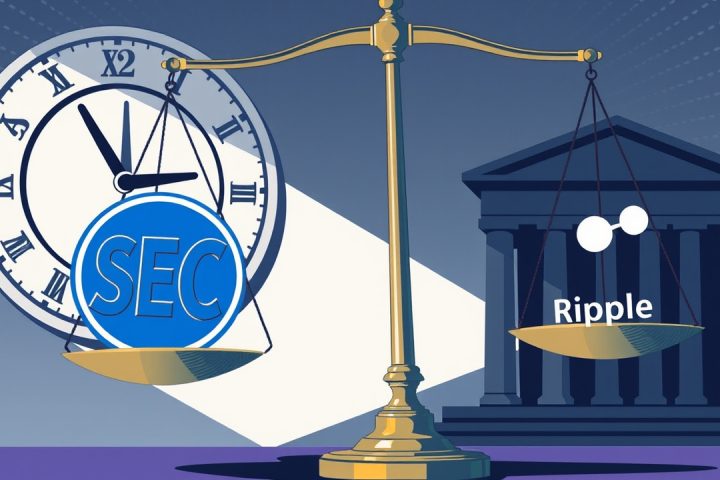The Evolving Cryptocurrency Landscape
As the cryptocurrency landscape evolves, enthusiasts of Bitcoin might find themselves puzzled by the intense debate over the Core and Knots implementations, especially if they are accustomed only to handling Bitcoin through an exchange or ETF. Those familiar with the crypto sector may recall the significant block size wars that predated this current clash and are now witnessing the emergence of the 2025 ‘spam wars’, where the ideological divide is becoming increasingly contentious.
Core vs. Knots: A Critical Confrontation
This ongoing conflict echoes the earlier block size wars, marking a critical confrontation regarding Bitcoin’s fundamental principles, particularly the ongoing debate between scaling the network and maintaining decentralization. Proponents of Bitcoin Core, the foundation’s original reference implementation, are clashing with supporters of Bitcoin Knots, an alternate software led by Luke Dashjr, who is also the CTO at Ocean Mining. Tensions are running high as both factions prepare for a potentially tumultuous phase leading up to Bitcoin Core’s forthcoming version 30, set for release in October 2025.
Key Issues at Stake
At the heart of this dispute is Bitcoin Core’s intention to eliminate the 80-byte restriction on the OP_RETURN function, a change designed to enhance the flexibility of Bitcoin’s blockchain and open avenues for new applications in data storage. This planned adjustment has been met with fierce backlash from advocates of Knots. They argue that this would turn the primary network into a repository for non-financial data, diluting its integrity and purpose.
Peter Todd and Jameson Lopp, key figures from the Core development team, advocate for the change, positing that it would fuel innovations, including applications like digital art and document authentication. Lopp expressed his disdain for political oversight in technology, asserting that users should be free to utilize the Bitcoin blockchain in their own ways without external governance.
Conversely, Knots advocates like Samson Mow and Luke Dashjr voice concerns over potential blockchain bloat that could arise from the shift, alleging that it undermines the neutrality of Bitcoin and could distort its intended financial applications. Dashjr has warned that this change could overwhelm the network with spam, jeopardizing Bitcoin’s viability unless a decisive stand against this evolution is taken by the community.
Fundamental Questions and Network Integrity
Central to this debate are the fundamental questions: Should Bitcoin be strictly a medium for financial transactions, or is there room for it to encompass broader data capabilities as long as users are willing to pay transaction fees? The current approach from Core may be perceived as an abdication of its gatekeeping responsibilities, ostensibly allowing for any transaction type provided it is compensated for, while Knots supporters argue for greater oversight to maintain network integrity.
Mining operations and relay services are crucial in this landscape, as they help define which types of transactions make it into blocks and how the network adapts to varying software preferences. The rise of Knots as a competitive alternative is evidenced by its expanding share of the Bitcoin node landscape, which doubled within six weeks and currently comprises approximately 17% of all nodes, indicating a potential fragmentation as the release of Core v30 approaches.
Looking Ahead: The Future of Bitcoin
Although a hard fork has not occurred yet, the increasing relative tensions and the rejection of transactions by differing software clients may rekindle memories of the SegWit dispute from 2017. Furthermore, this conflict underscores a critical question regarding Bitcoin’s decentralization: How many users operate their own nodes? Dashjr articulates the alarming reality that a diminutive proportion of Bitcoin enthusiasts run full nodes, suggesting that a minimum of 85% of economic activities must engage with them for the network’s endurance.
With technical, political, and conceptual stakes heightening, the impending Core version 30 launch could mark a pivotal moment in Bitcoin’s journey, impacting the evolution of development and consensus within the community while determining whether the diversity in protocol enhances or threatens Bitcoin’s integrity.




